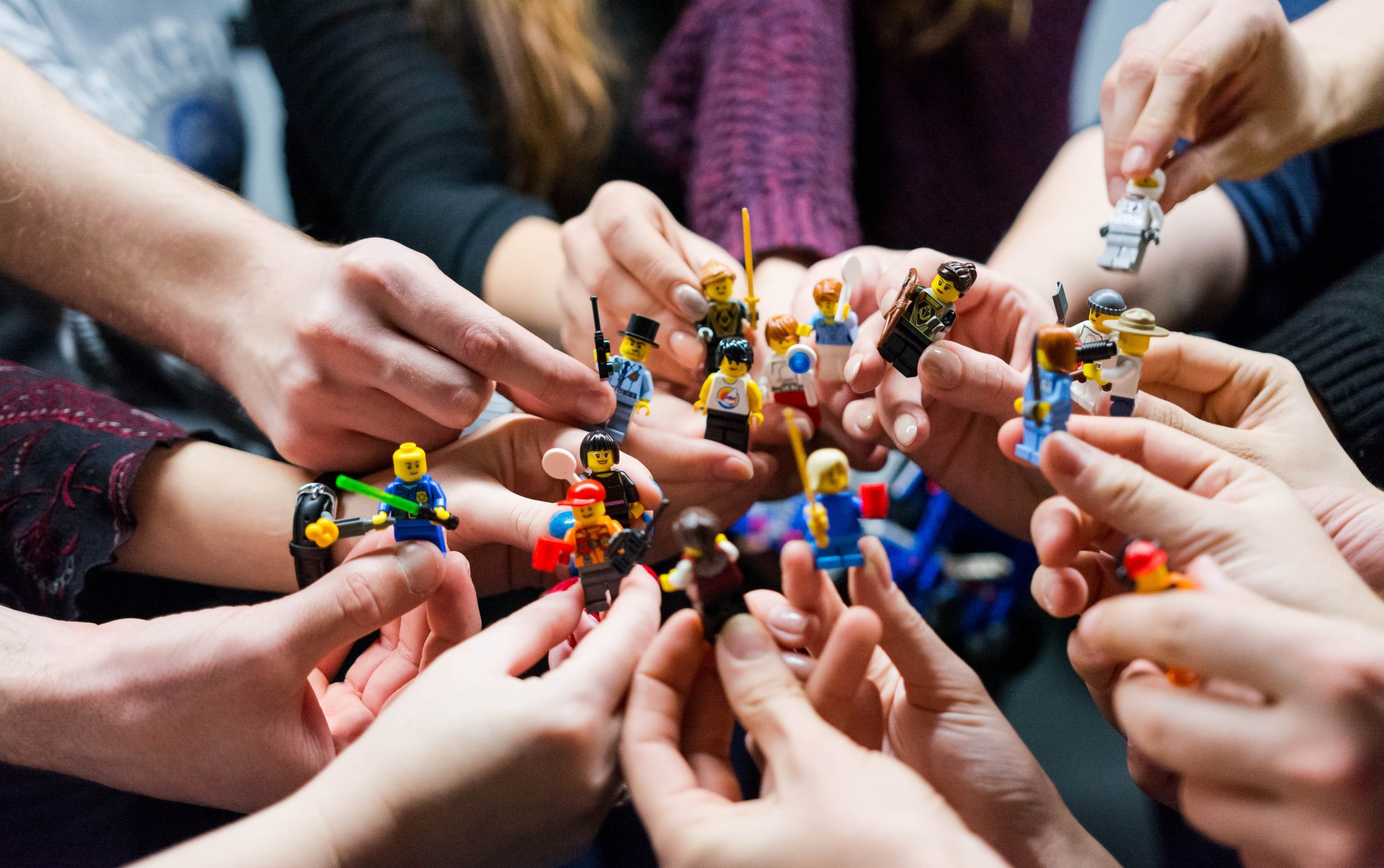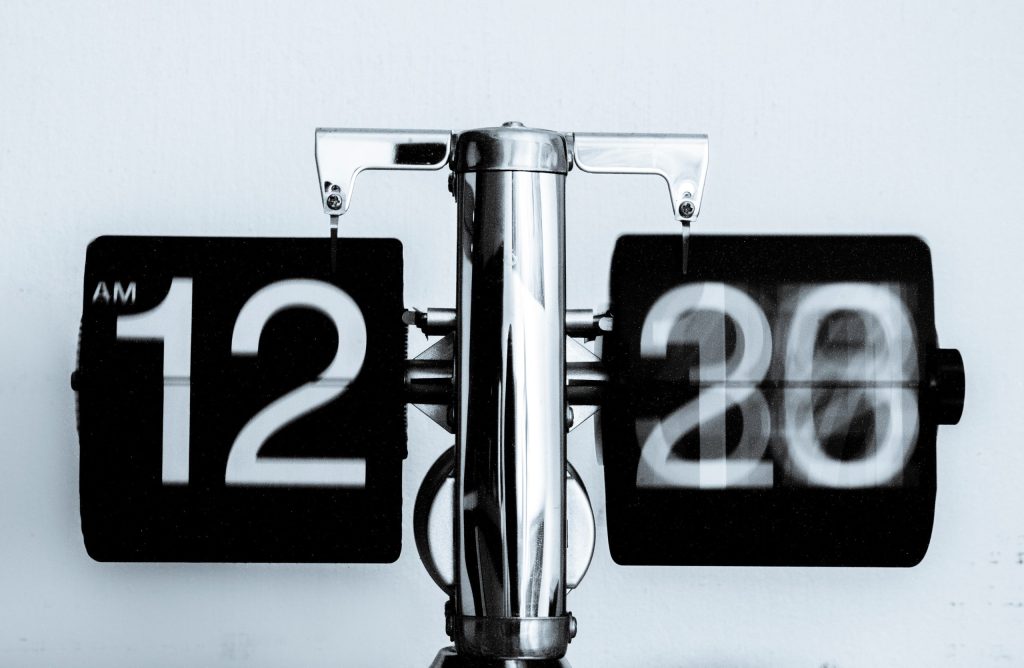Is retrospective the most important ceremony?
Retrospective is an opportunity for the team to inspect the work done, evaluate what worked, and find improvement opportunities that will be addressed during the next sprint.
At ThinkUp, we value our teams and seek to foster a transparent and collaborative environment. That’s why the retrospective is the most important ceremony of the sprint.
Importance and Benefits of Retrospective
A team that inspects, questions, and sets goals to achieve a better working dynamic will achieve better results and greater effectiveness. Therefore, retrospectives are a tool for team evolution. Retrospectives are also an opportunity for the team to celebrate their successes and recognize their hard work and dedication. It’s not just about focusing on the negative; it’s crucial to promote the recognition of achievements and good teamwork.
When team members feel secure expressing their opinions and concerns, a climate of trust and mutual respect is established. Transparency and openness are fundamental to effective communication and collaboration, and retrospectives are an opportunity to promote both aspects. Another benefit of retrospectives is that they help maintain focus on the project’s objectives and results. By reflecting on their performance, team members can identify actions that have positively impacted the project and focus on improving and expanding these actions. This helps ensure that the team stays on the right track and is working towards the project’s goals.
Tips to Improve Team Dynamics
Here are some tips that have helped me improve these dynamics with teams:
- Establish a safe and trusting environment. So team members are comfortable sharing their opinions, concerns, and suggestions, creating a safe and trusting environment is essential. Allow everyone to speak and show them that their idea is valuable.
- Ask questions that generate discussion and lead to different points of view to enrich the exchange.
- Prepare for it. It’s essential to give it the importance it deserves and take time to think about what we want to convey, what new ideas we can bring, think about the team, how the sprint was, and how the moods will be in person or remote.
- Set up fun dynamics. You can perform playful activities or games. It’s essential to vary dynamics based on the objectives you want to achieve and to keep the team excited about attending the meeting and seeing what will happen.
- Use collaborative tools to share ideas. The most well-known ones are Mural and Miro. I recommend Funretrospective, which has several dynamic ideas and allows you to tailor the meeting to your needs. We’ve also used MetroRetro, which offers excellent templates with no participant limit.
- Ensure that actions taken are followed up with the relevance they deserve. This way, the team can see the progress and value of the instance.
Final Words
In summary, the retrospective is one of the most valuable tools provided by Scrum. A motivated team with clear objectives works more comfortably, reflected in the results. We invite you to put these tips into practice to improve your retrospectives.






